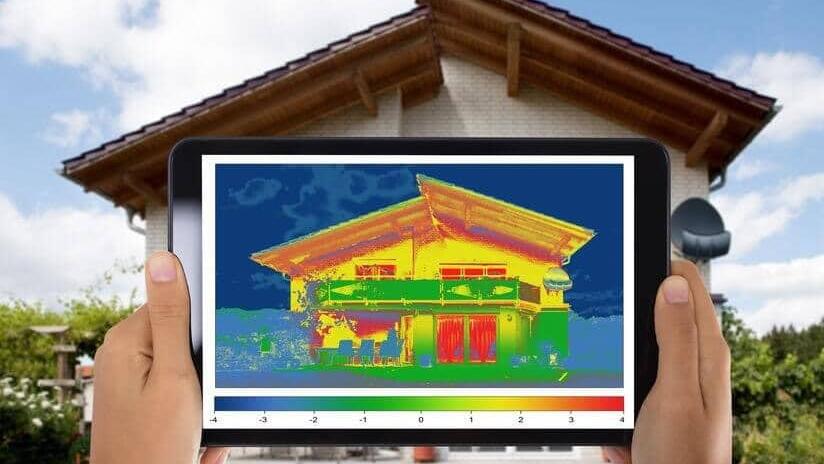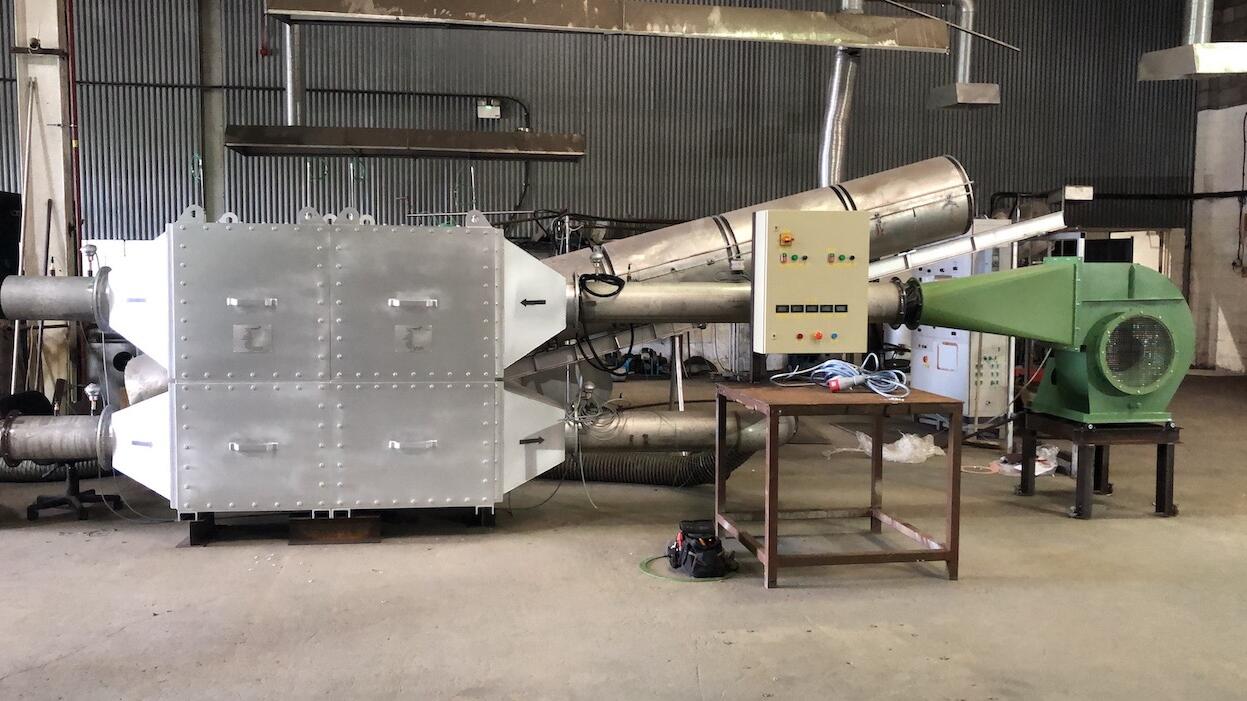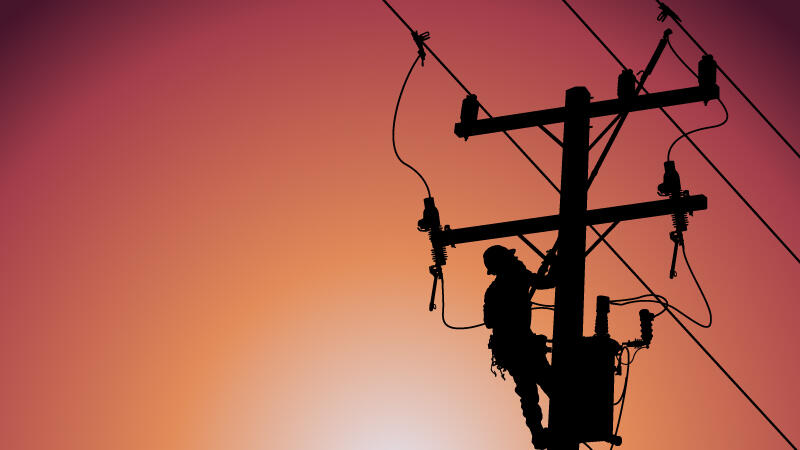 Articles
ArticlesCommissioning has taken place of a 100MW/400M vanadium redox flow battery (VRFB) energy storage system in Dalian, China. A second phase will bring it up to 200MW/800MWh. The biggest project of its type in the world today, the VRFB project planning, design and construction has taken six years. It was connected to the Dalian grid in late May, according to a report this week by the China Energy Storage Alliance (CNESA) industry group. The system is part of a wave of large-scale VRFBs China is looking to deploy. In China’s Hubei Province, another (very) large-scale VRFB is being built in phases. The Hubei projects cost for 500MWh of VRFB, along with a combined 1GW of solar PV and wind generation from which it will charge, was cited as around US$1.44 billion.
Read Full article50 percent credit guarantee for energy efficiency projects in Vietnam
Vietnams energy consumption has been soaring in the past decade. The majority of its electricity is generated from burning coal, natural gas, and oil. Currently, the industrial sector of Vietnam constitutes up to 47 percent of national electricity consumption.
Read Full articleEnergy storage investments - bridging production and consumption
Spearmint Energy founder Andrew Waranch says we are at a tipping point. Texas power grid froze in 2021 after a surge of severe winter storms battered state. He says we need massive investment in our energy infrastructure, especially in energy storage.
Read Full articleIndustrial energy efficiency opportunities through advanced digital technologies
Nearly 63% of lost energy created for electricity, transportation, industrial, commercial and residential markets. Industrial companies can reduce site energy usage 5% to 15% by using energy management technologies. Smart sensors provide real-time visibility into energy performance so operators can take corrective action.
Read Full articleEU plan to boost green energy
EU needs €210bn over next five years to pay for phasing out Russian fossil fuels based on a plan drawn up in response to the Kremlin-ordered invasion of Ukraine. The plan proposes upgrades to the EU green deal, the blocs flagship policy to confront the climate crisis. Officials also want to cut energy consumption by 13% by 2030 (compared with 2020), too.
Read Full articleDEEP 2.0 - De-risking energy efficiency through better reference data
The De-risking Energy Efficiency Platform (DEEP) is an open-source database for energy efficiency investments performance monitoring and benchmarking. It now includes data on more than 17,000 energy efficiency projects in buildings and industry from 30 data providers.
Read Full articleClimate neutrality and the potential of digital energy efficiency technologies - Five application examples
Germany is to meet its energy needs from renewable sources in 30 years. The conversion of Germanys energy supply to green and renewable is a done deal. But there is not much time left to switch completely from fossil fuels to a carbon dioxide-free,.
Read Full articleSmall systems, big benefits
Rising gas prices and higher carbon costs are driving demand for waste heat recovery. ETEKINA has designed three heat pipe waste heat exchangers recovering 40 percent of the waste heat in the exhaust streams at each of the four facilities.
Read Full article7 major challenges of a power grid and their solutions
Electricity is a powerful thing, but it is necessary that the amount of electricity in the grid corresponds with actual consumption needs. The amount of green energy generated in 2019 represented 27 % of the worldwide production and only 13% of the entire production capacity in Slovakia.
Read Full articleCracking the Hydrogen Egg! How can consumers understand where their Hydrogen has come from?
In a global interconnected system understanding where hydrogen has come from will become incredibly important. The temptation for some to make hydrogen from coal and release the carbon dioxide into the atmosphere may be too great, however as international trade develops the risk increases.
Read Full article








